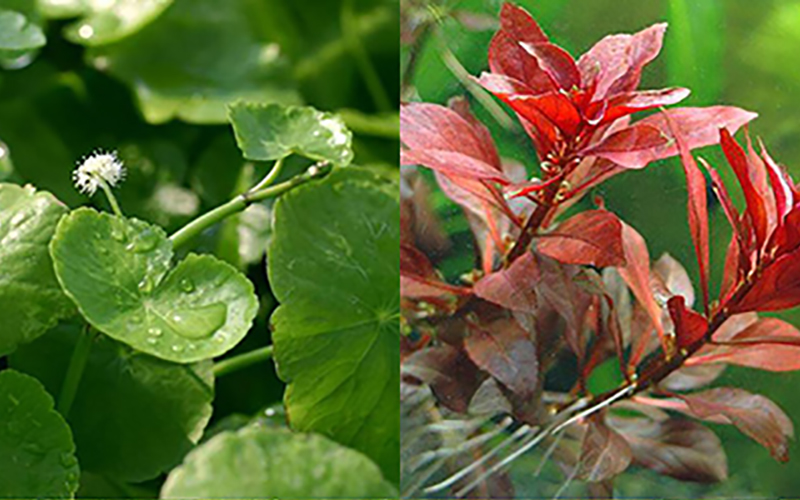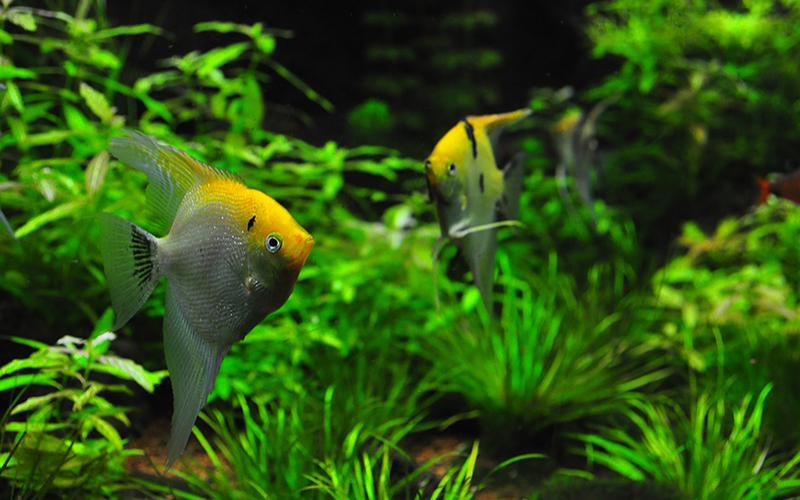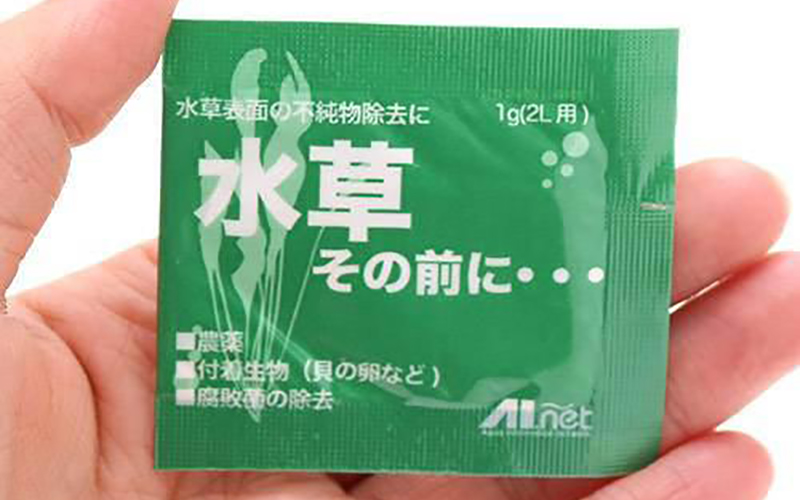rearing
Some aquatic plants purchased at specialty stores or online may be contaminated with pesticides. If pesticides are applied to aquariums containing aquatic organisms, the organisms may become weak. In this article, we will explain about pesticides attached to aquatic plants.
Table of Contents

If you keep ornamental fish or other aquatic plants, you may buy them at specialty stores or on the Internet. The majority of people take them home and put them into their aquarium without thinking about it.
However, some aquatic plants that are purchased may still have pesticides on them. If you put them in a place that contains living organisms with pesticides on them, some organisms may weaken or even die.To avoid this, there are some things to keep in mind when buying water plants, which I will explain.
In the above section, I explained that pesticides (pesticide residues) on water plants may cause harm to living organisms,There are some creatures that should be especially careful about pesticide residues. They are shrimps, including river shrimps. Shrimps are particularly susceptible to pesticide residues, and not a few people who keep shrimps have killed them due to pesticide residues.Shrimps eat leaves of aquatic plants as their staple food, so they are easily affected by pesticide residues, partly because they are smaller in size than goldfish, which also eat aquatic plants, and therefore less lethal.
If you are interested in keeping shrimp, for example, you should treat your aquatic plants with extreme caution. However, just because shrimp species are immediately affected does not mean that other ornamental fish are not also affected, so please take the same precautions.

Why are we using pesticides on water plants that may affect living creatures?Mainly, most of the water plants that are used with pesticides are imported.
This means that many water plants from overseas are used with pesticides. They are used to reduce the appearance and discoloration of the leaves of waterweeds from overseas due to pests and shellfish that eat the leaves on their way to the country.
Vegetables in supermarkets also contain pesticides, but of course, since they are for human consumption, they are subject to strict inspections. However, even if there is an inspection for aquatic plants for ornamental fish, it is not so strict. Therefore, it is important for purchasers to take appropriate measures.
Recently, pesticide-free aquatic plants have been on the rise, and some specialty stores sell them. When buying, please keep in mind that if you can tell whether the water plants you are thinking of purchasing are pesticide-tainted or pesticide-free, it will help guide you in your purchase.
The quickest way is to ask the clerk. It is important to note that it is better to ask if pesticides are used rather than to ask if the product is pesticide-free. This is because if you are asked if it is pesticide-free, some store clerks may take it to mean that they will not buy it if it is not pesticide-free. If they think so, they may muddy the answer because they want you to buy the water plants, so please ask with caution.
If you are shy or do not want to talk to store clerks too much while shopping, I will explain how you can tell the difference without talking to the clerk.
First,First, check the place of production. As explained in the section above, many water plants that use pesticides come from overseas.Therefore, if you find an aquatic plant that is not domestically produced, such as from overseas or Southeast Asia, there is a high possibility that pesticides have been used. However, it is difficult to prove that the waterweed is pesticide-free simply because it is domestically produced, since some domestically produced waterweeds also use pesticides.
Second, if there are shellfish, shrimp, or small fish in the tank (container) containing the aquatic plants, there is a high probability that the aquarium is pesticide-free.
If you find small snails (about 2 to 3 cm in length) attached to water plants, you can be sure that they are pesticide-free, since one of the reasons for using pesticides is to get rid of harmful shellfish. If you purchase snails and take them home with you, be sure to clean them off and discard them.
Snails are highly fecund and can multiply uncontrollably in a few days or weeks in aquariums with water plants, so be sure to remove them while they are few and far between. Some specialty stores intentionally add snails to their aquariums to prove that they are pesticide-free, so watch them carefully.

If you purchase water plants with pesticides on them, there is no need to be concerned because the pesticides will diminish as long as you follow the correct removal procedures. There are two main methods for removing pesticides.
The first method is to soak the plants in water and use osmotic pressure to remove pesticides from the water plants.
There are two types of this method: short-term and medium- to long-term. The short-term method is to change the water approximately 3-5 times every hour. Water should be changed approximately every 15 minutes. The medium- to long-term method is to simply soak the water in the same water for a period of several days to a week.
The short-term method requires more time and effort, but the pesticides are removed in about one or two days, so it is short term. The medium- to long-term method requires less time and effort, but takes longer because the pesticides will not be removed until about a week at the most.
The second method is to use chemicals. The second method is to use chemicals to remove pesticides from water plants in a few minutes, just like removing chalky water.
However, some chemicals are not compatible with certain pesticides, so be aware that this may not be the best method for removing pesticides from aquatic plants that are put into shrimp or other pesticide-sensitive organisms. On the other hand, if you are putting pesticides in killifish or goldfish, they are unlikely to die from the pesticides, so there is no need to be nervous about removing them.